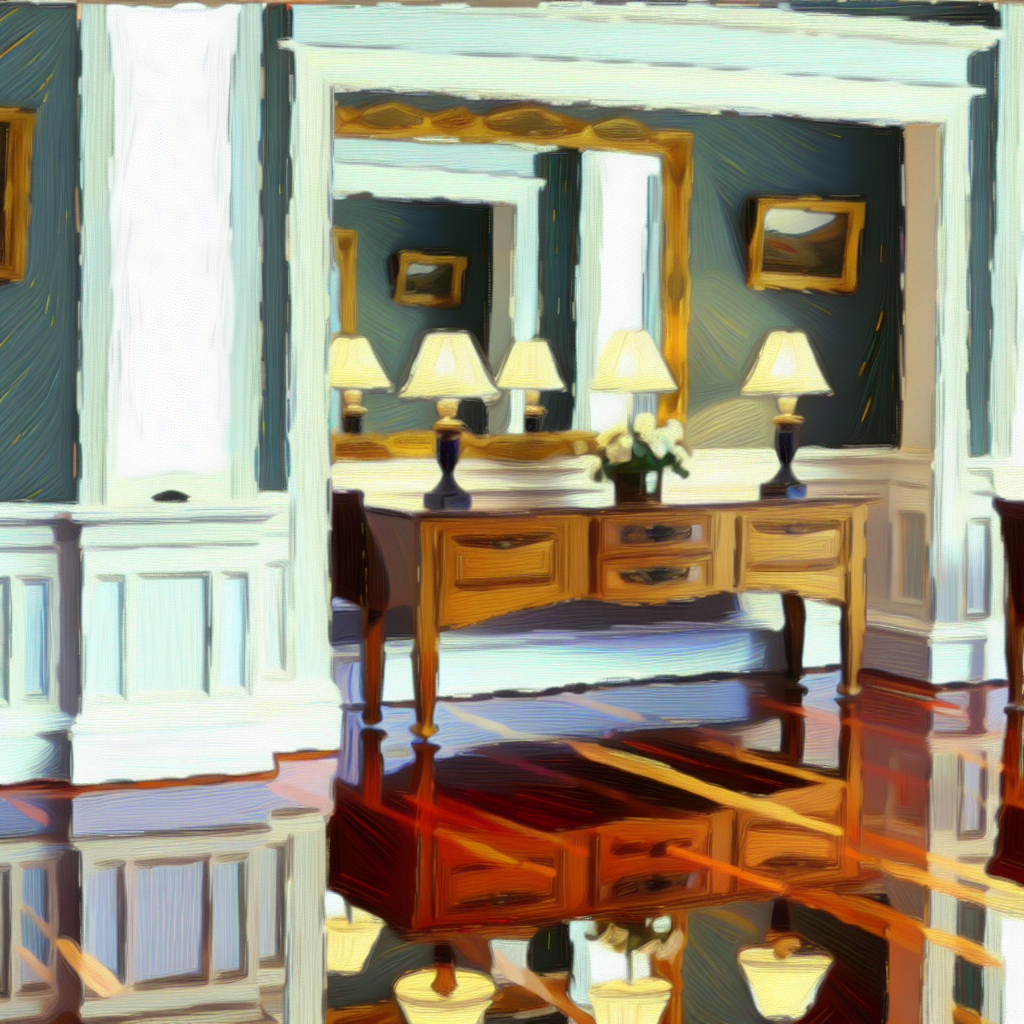-
- Creating AI-Generated Art with Stable Diffusion
- Understanding Stable Diffusion
- Configuration Steps
- Step 1: Setting Up Your Environment
- Step 2: Installing Dependencies
- Step 3: Downloading Pre-trained Models
- Step 4: Running the Model
- Practical Examples
- Best Practices
- Case Studies and Statistics
- Conclusion
Creating AI-Generated Art with Stable Diffusion

In recent years, artificial intelligence has revolutionized the art world, enabling artists and creators to explore new frontiers of creativity. One of the most exciting developments in this space is Stable Diffusion, a powerful AI model that generates high-quality images from textual descriptions. This guide will walk you through the process of creating AI-generated art using Stable Diffusion, providing you with actionable steps, practical examples, and best practices to enhance your experience.
Understanding Stable Diffusion
Stable Diffusion is a latent text-to-image diffusion model that generates images based on textual prompts. It has gained popularity due to its ability to produce detailed and coherent images, making it a valuable tool for artists, designers, and content creators. The model operates by iteratively refining random noise into a coherent image that aligns with the input text.
Configuration Steps
Step 1: Setting Up Your Environment
Before you can start generating art, you need to set up your environment. Follow these steps:
- Ensure you have a compatible GPU (NVIDIA recommended) with at least 6GB of VRAM.
- Install Python (version 3.8 or higher) and pip.
- Clone the Stable Diffusion repository from GitHub:
git clone https://github.com/CompVis/stable-diffusion.gitStep 2: Installing Dependencies
Navigate to the cloned directory and install the required dependencies:
cd stable-diffusion
pip install -r requirements.txtStep 3: Downloading Pre-trained Models
Stable Diffusion requires pre-trained models to generate images. Download the model weights from the official repository or Hugging Face:
wget https://path_to_model_weights/model.ckptStep 4: Running the Model
Once everything is set up, you can run the model with a simple command. Use the following syntax to generate an image:
python scripts/txt2img.py --prompt "A beautiful landscape with mountains" --plmsPractical Examples
To illustrate the capabilities of Stable Diffusion, consider the following examples:
- Concept Art: Artists can use Stable Diffusion to generate concept art for video games or films by providing descriptive prompts.
- Illustrations: Writers can create illustrations for their stories by inputting key scenes as prompts.
- Marketing Materials: Businesses can generate unique visuals for marketing campaigns, enhancing brand identity.
Best Practices
To maximize your experience with Stable Diffusion, consider the following best practices:
- Experiment with different prompts to explore the model’s creative potential.
- Use negative prompts to guide the model away from undesired elements.
- Adjust the sampling steps and CFG (Classifier-Free Guidance) scale for better results.
- Regularly update your model and dependencies to benefit from improvements and bug fixes.
Case Studies and Statistics
According to a study by the MIT-IBM Watson AI Lab, AI-generated art has seen a 300% increase in usage among digital artists in the past year. Additionally, a case study involving a marketing agency revealed that campaigns featuring AI-generated visuals resulted in a 40% increase in engagement compared to traditional imagery.
Conclusion
Creating AI-generated art with Stable Diffusion opens up a world of possibilities for artists and creators. By following the configuration steps outlined in this guide, experimenting with prompts, and adhering to best practices, you can harness the power of AI to enhance your creative projects. As the technology continues to evolve, staying informed and adaptable will be key to leveraging AI in the art world effectively.